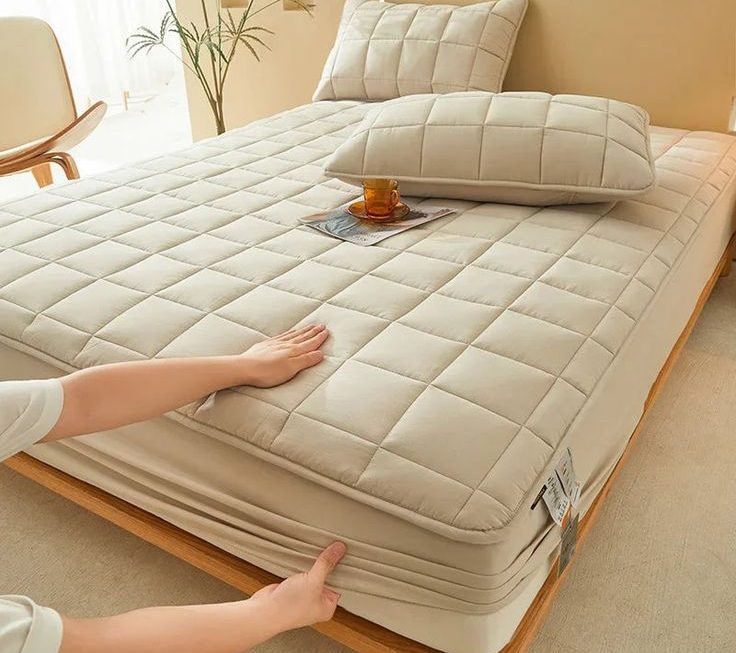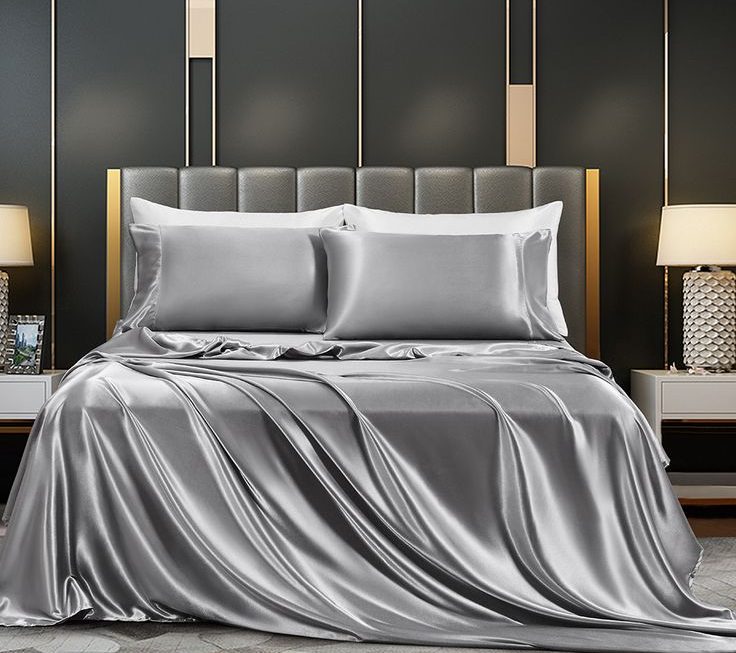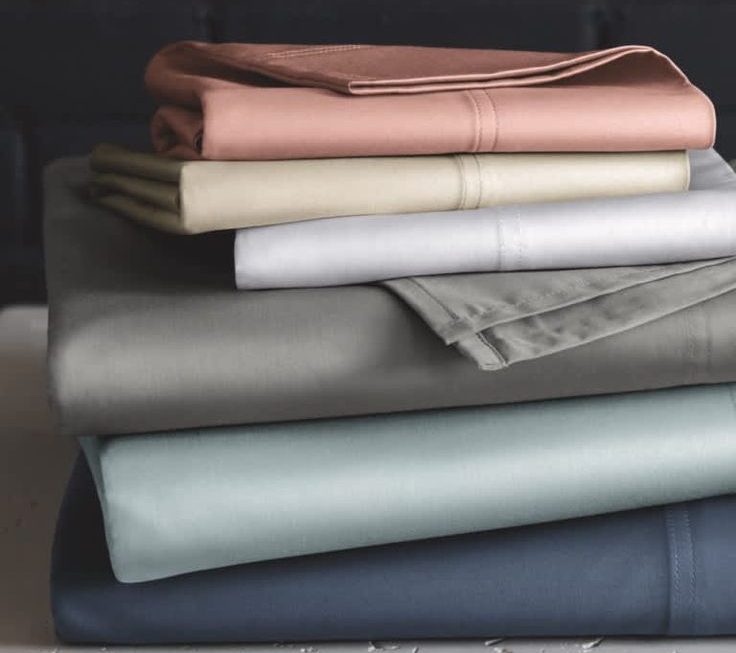 Introduction:
Introduction:
Steam cleaning is an effective and eco-friendly method for deep cleaning carpets. By using hot water vapor, steam cleaners can remove dirt, stains, and allergens from carpet fibers. In this comprehensive guide, we will provide a step-by-step process for steam cleaning carpets. From preparation to post-cleaning care, this guide will ensure that you achieve a thorough and successful steam cleaning of your carpets.
 Introduction to Steam Cleaning Carpets
Introduction to Steam Cleaning Carpets
Steam cleaning is a versatile and efficient method of deep cleaning carpets, utilizing hot water vapor to remove dirt and grime.
A. Deep Cleaning: Steam cleaning reaches deep into carpet fibers, extracting dirt, stains, and allergens trapped within.
B. Eco-Friendly: Steam cleaning eliminates the need for harsh chemicals, making it an environmentally friendly cleaning option.
Some common materials used in carpet manufacturing:
Carpets can be made from various materials, and the choice of material can greatly impact the appearance, durability, and maintenance of the carpet. Here are some common materials used in carpet manufacturing:
Nylon:
It is one of the most popular materials used in carpet production due to its durability and resilience. Nylon carpets are known for their excellent resistance to staining, abrasion, and crushing. They are suitable for high-traffic areas and come in a wide range of styles and colors.
Polyester:
Polyester carpets are appreciated for their luxurious appearance and affordability. They provide excellent resistance to fading, stain absorption, and mildew. Polyester carpets are available in a variety of colors and patterns, making them a versatile choice for different interior designs.
Olefin (Polypropylene):
Olefin, also known as polypropylene, is valued for its stain-resistance and durability. It has inherent resistance to moisture, which makes it a suitable choice for areas with high humidity or potential water exposure.
Wool:
It is a natural fiber that is highly regarded for its durability, luxurious feel, and excellent insulation properties. Wool carpets have a soft and resilient texture and provide good stain resistance. They are more expensive than synthetic carpets and require special care and maintenance.
Blends:
Carpet blends are a combination of different fibers, generally mixing wool or nylon with synthetic fibers like polyester or olefin. Blends can offer the advantages of multiple fibers, such as the durability of nylon combined with the stain resistance of polyester.
It’s important to consider the specific needs and preferences of your space when choosing the carpet material. Factors such as foot traffic, potential stains, and desired aesthetic appeal should be considered to ensure the carpet material can meet the requirements and provide long-lasting satisfaction.
Materials Needed:
Before you begin steam cleaning your carpet, gather the following materials:
A. Steam Cleaner: Rent or purchase a steam cleaner suitable for carpet cleaning.
B. Carpet Cleaning Solution: Choose a carpet cleaning solution that is compatible with your steam cleaner and safe for your specific carpet type.
C. Vacuum Cleaner: Thoroughly vacuum the carpet before steam cleaning to remove loose debris and dirt.
D. Clean Towels or Microfiber Cloths: Have clean towels or microfiber cloths handy for blotting excess moisture during the cleaning process.
 Step-by-Step Instructions:
Step-by-Step Instructions:
Follow these simple steps to steam clean your carpet effectively:
Step 1: Preparation
A. Clear the Area: Remove any furniture or obstacles from the carpeted area to ensure unobstructed cleaning.
B. Vacuum Thoroughly: Use a vacuum cleaner to remove loose dirt and debris from the carpet surface.
Step 2: Pre-Treatment
A. Spot-Treat Stains: Apply a small amount of carpet cleaning solution directly on stubborn stains and allow it to sit for a few minutes.
Step 3: Set Up the Steam Cleaner
A. Fill the Tank: Fill the steam cleaner’s tank with hot water according to the manufacturer’s instructions.
B. Add Carpet Cleaning Solution: Add the appropriate amount of carpet cleaning solution to the tank as directed.
C. Attach Accessories: Depending on your steam cleaner model, attach the appropriate cleaning accessories such as the carpet cleaning wand or brush.
Step 4: Start Cleaning
A. Begin in a Corner: Start cleaning the carpet in a corner of the room, working toward the exit to avoid stepping on the cleaned area.
B. Move in Straight Lines: Guide the steam cleaner in straight lines, overlapping each pass slightly for thorough cleaning.
C. Apply Light Pressure: Apply light pressure on the steam cleaner to allow the hot water vapor and cleaning solution to penetrate the carpet fibers.
Step 5: Post-Cleaning Care
A. Blot Excess Moisture: After steam cleaning each section, use clean towels or microfiber cloths to blot any excess moisture from the carpet.
B. Ventilate the Area: Open windows or turn on fans to facilitate faster drying of the carpet.
C. Avoid Foot Traffic: Prevent walking on the freshly cleaned carpet until it is completely dry to prevent re-soiling or damage.
 Additional Tips and Considerations:
Additional Tips and Considerations:
Consider the following tips to maximize the effectiveness and safety of steam cleaning your carpet:
A. Test on a Small Area: Before steam cleaning the entire carpet, test the cleaning solution in an inconspicuous area to ensure it does not cause discoloration or damage.
B. Follow Manufacturer’s Instructions: Consult the user manual provided with your steam cleaner for specific instructions and safety guidelines.
C. Regular Maintenance: Vacuum your carpet regularly to help prevent dirt and debris from settling deep into the fibers.
Professional Cleaning:
For heavily soiled or large carpeted areas, consider hiring professional carpet cleaners for a thorough and deep cleaning.
Some of the key benefits of carpets:
Comfort and Warmth: Carpets provide a soft and cushioned surface to walk on, making them comfortable underfoot. They offer insulation and can help maintain the warmth of a space, especially in colder climates.
Noise Reduction: Carpets absorb sound and reduce noise transmission better than hard flooring surfaces. They help minimize echoes and impact noise, providing a quieter and more peaceful environment.
Safety: Carpets provide a non-slip surface, reducing the risk of slips and falls. They offer a stable and cushioned surface, making them suitable for households with children and elderly individuals.
Improved Indoor Air Quality: Carpets act as a filter, trapping dust, allergens, and other particles from the air, thereby improving indoor air quality. However, regular vacuuming and cleaning are necessary to maintain cleanliness.
Aesthetics and Design Options: Carpets come in a wide range of colors, patterns, and textures, allowing for various design possibilities and customization. They can enhance the aesthetics of a space, creating an inviting and cozy atmosphere.
Durability and Longevity: Carpets made from high-quality materials and properly maintained can be quite durable and long-lasting. With regular vacuuming, professional cleaning, and appropriate care, carpets can withstand heavy foot traffic and maintain their appearance for years.
Versatility: Carpets can be installed in different areas of a building, including bedrooms, living rooms, hallways, and offices. They are available in various styles, pile heights, and thicknesses, allowing for customization to suit different preferences and functional requirements.
It’s important to choose the right type of carpet based on the specific needs of the space considering factors such as foot traffic, maintenance requirements, desired aesthetics, and budget. Regular cleaning and maintenance are essential to preserve the advantages and prolong the lifespan of carpets.
 Conclusion
Conclusion
Steam cleaning offers an effective and eco-friendly method for deep cleaning carpets. By following the step-by-step instructions outlined in this guide, you can successfully steam clean your carpets, removing dirt, stains, and allergens. Remember to prepare the area, pre-treat stains, set up the steam cleaner properly, and clean in straight, overlapping lines for the best results. Take post-cleaning care by blotting excess moisture and ensuring proper ventilation for faster drying. By implementing these tips, your carpets will be refreshed, clean, and free of embedded dirt and allergens.



